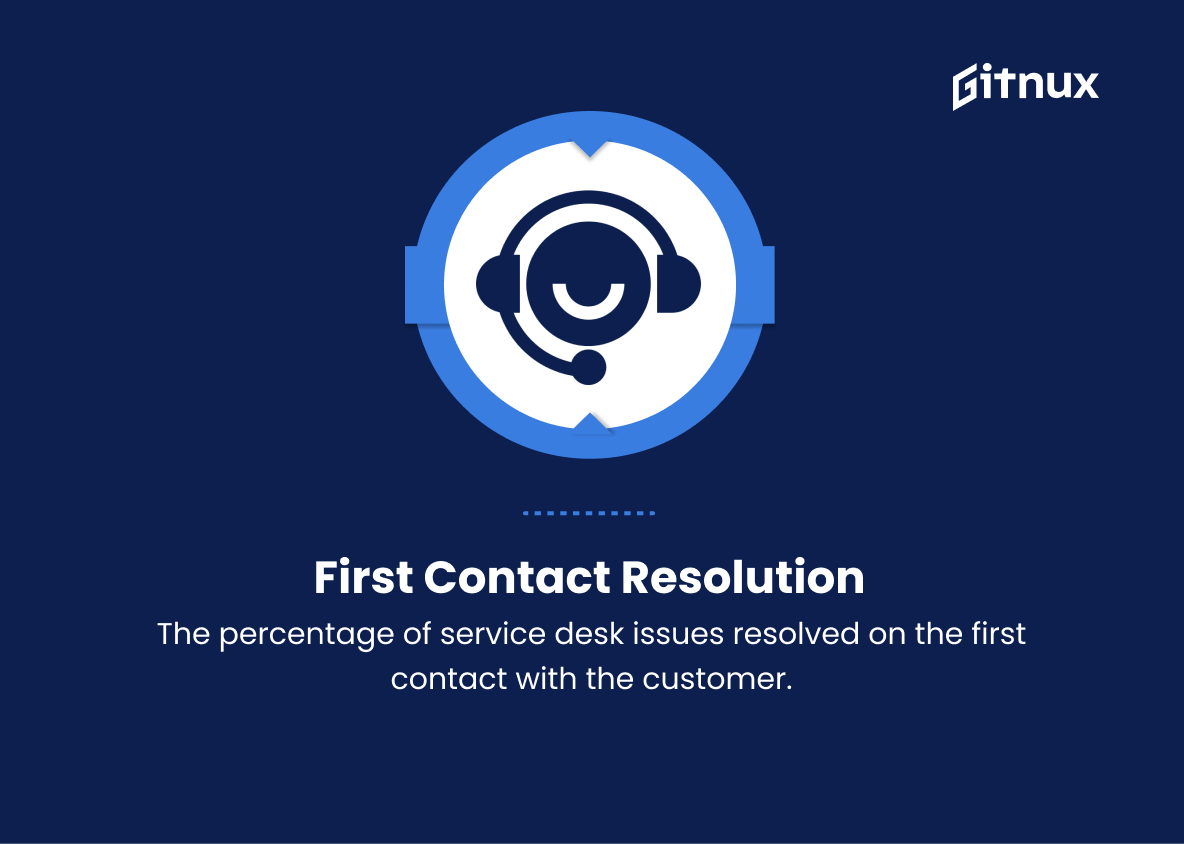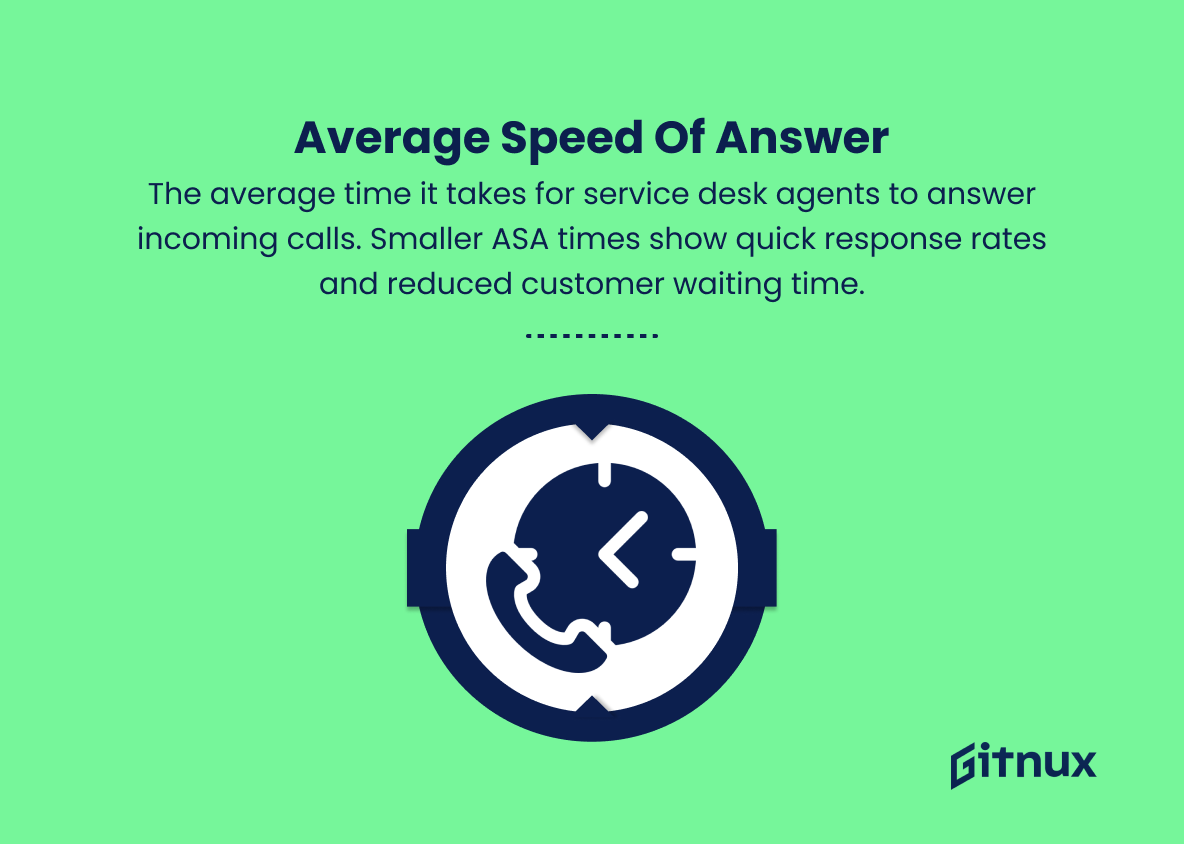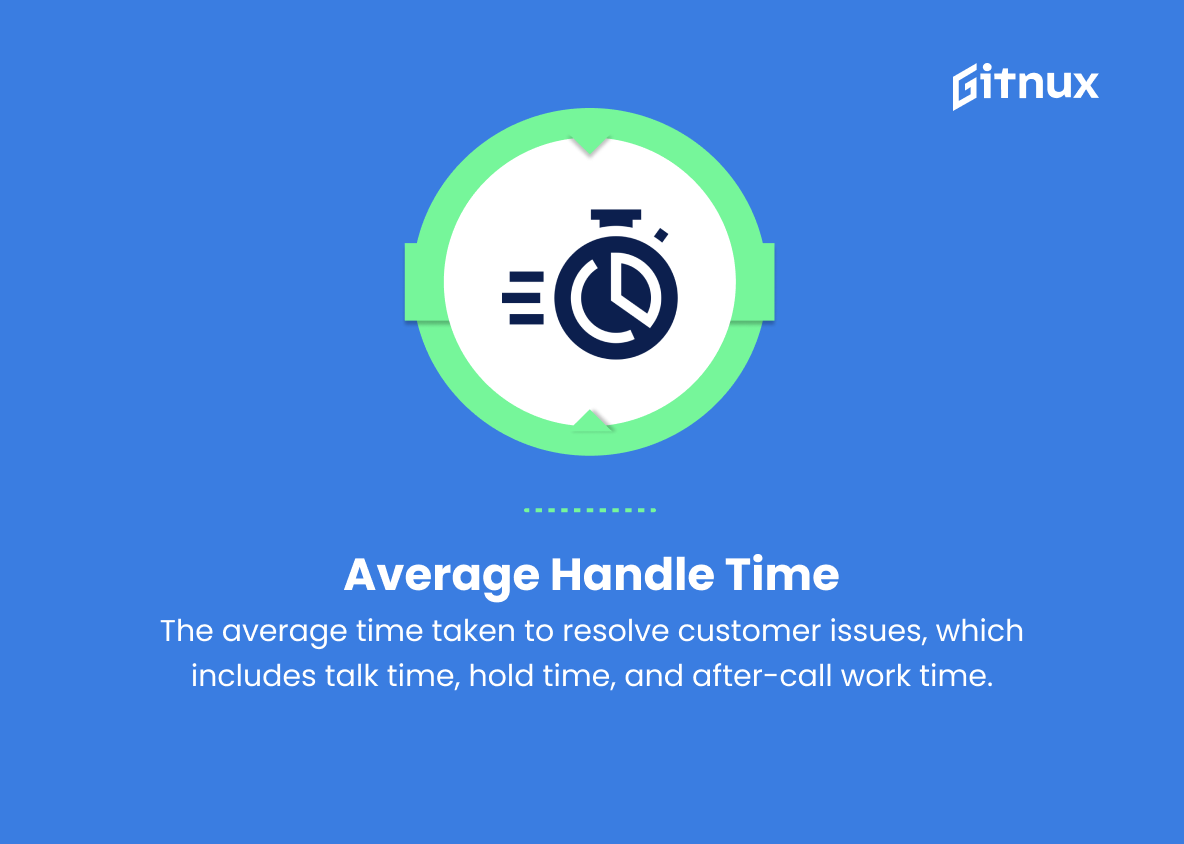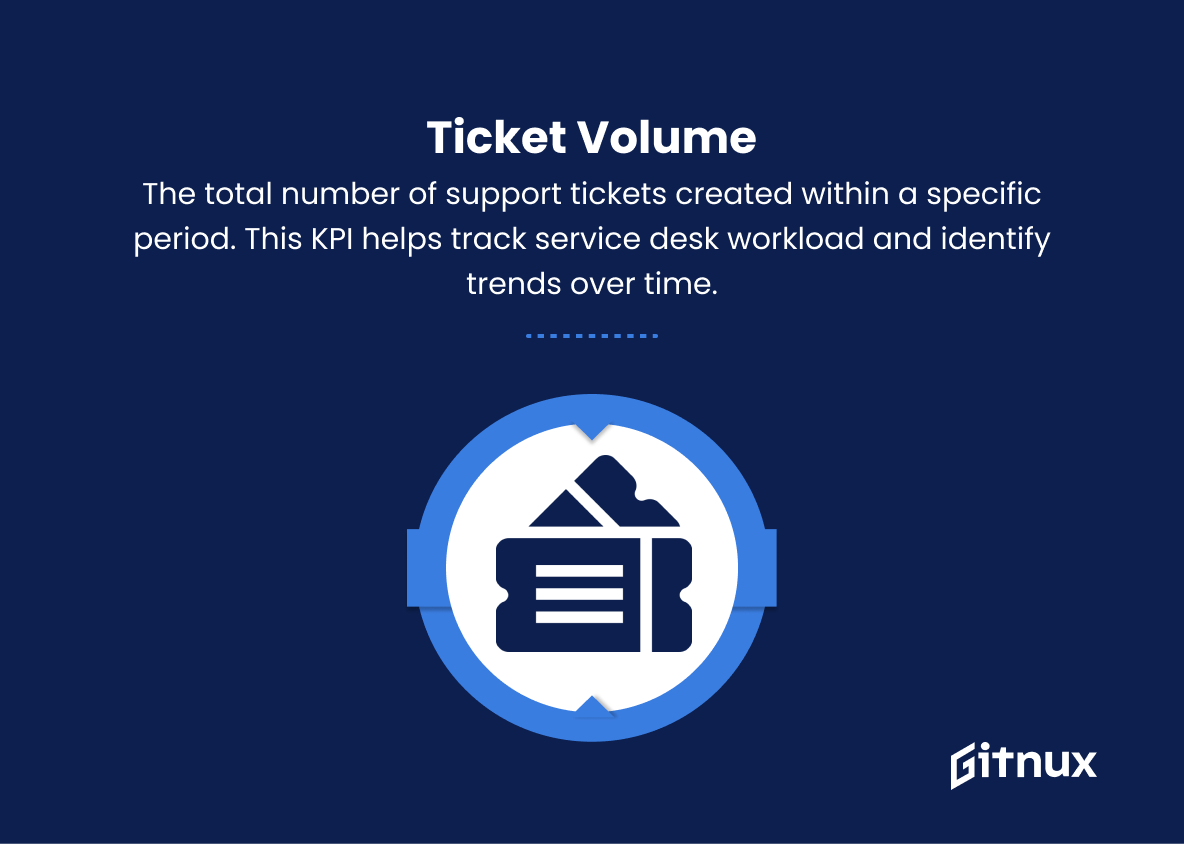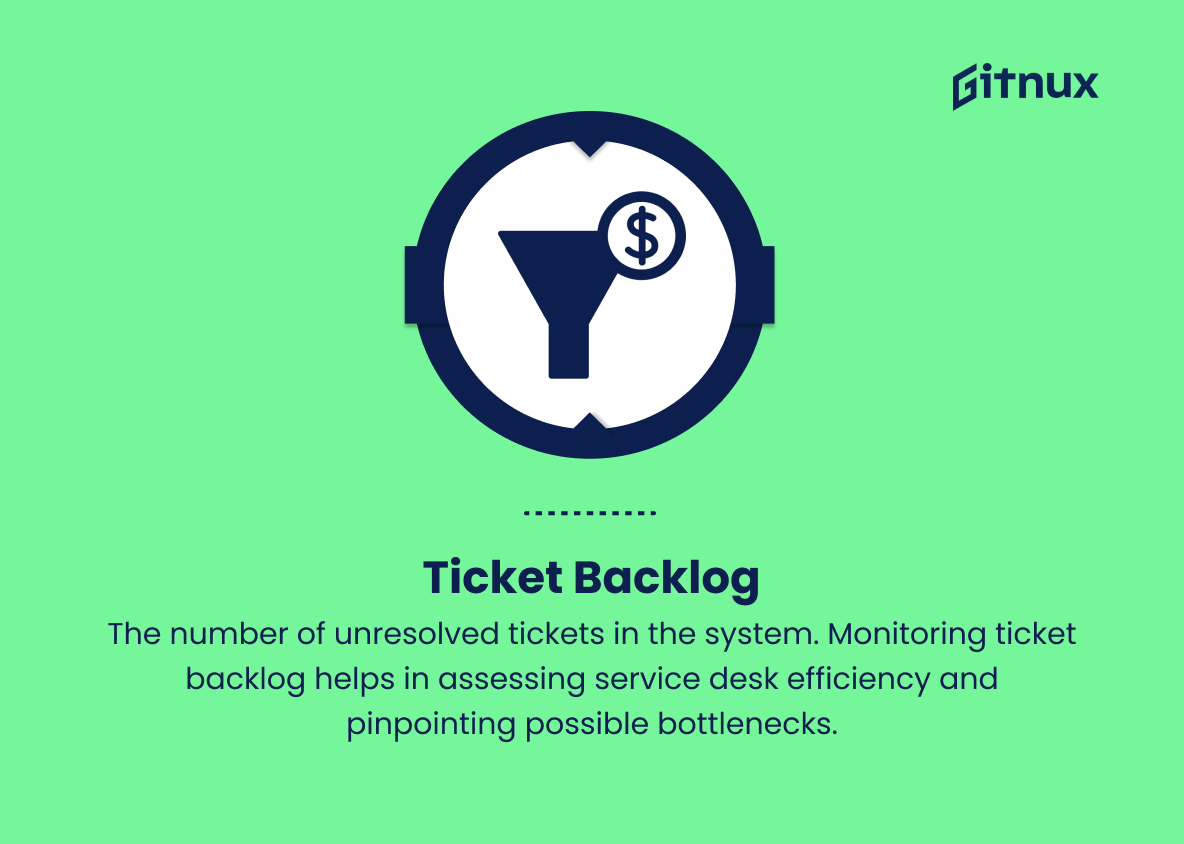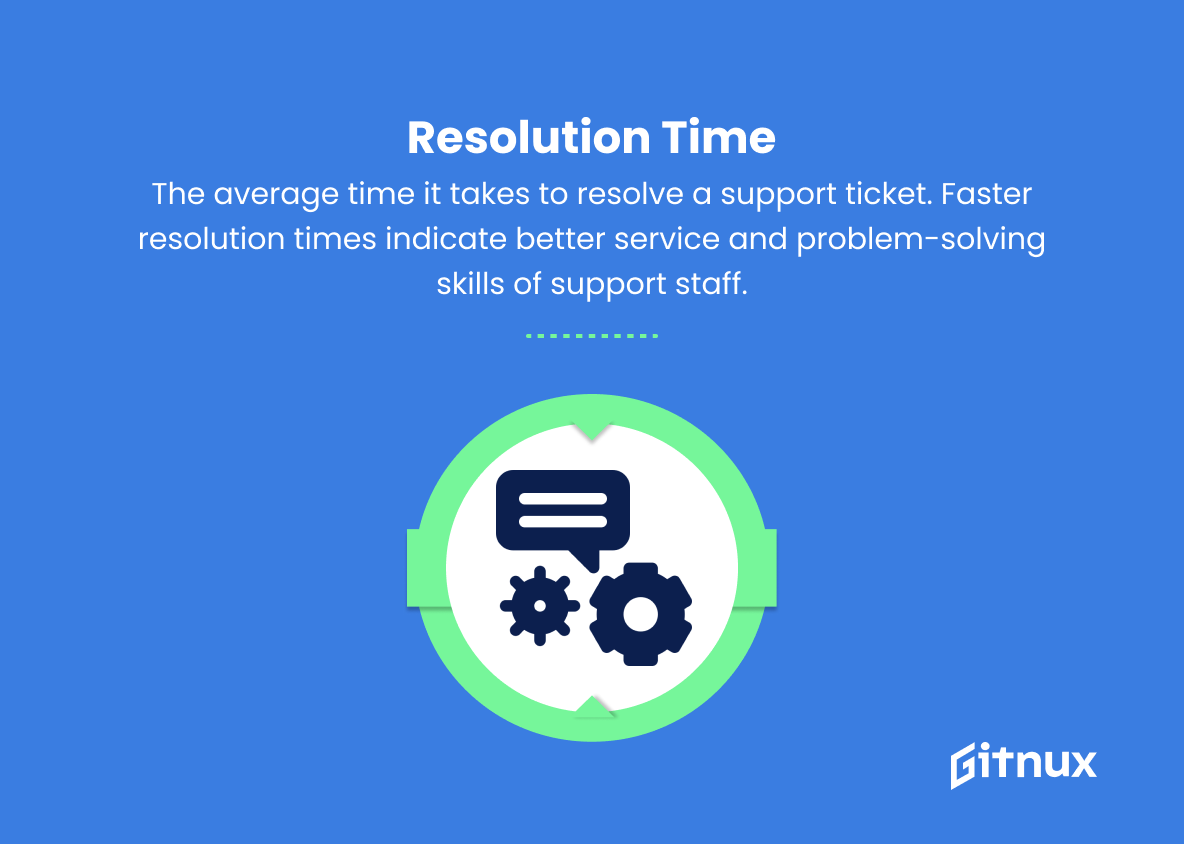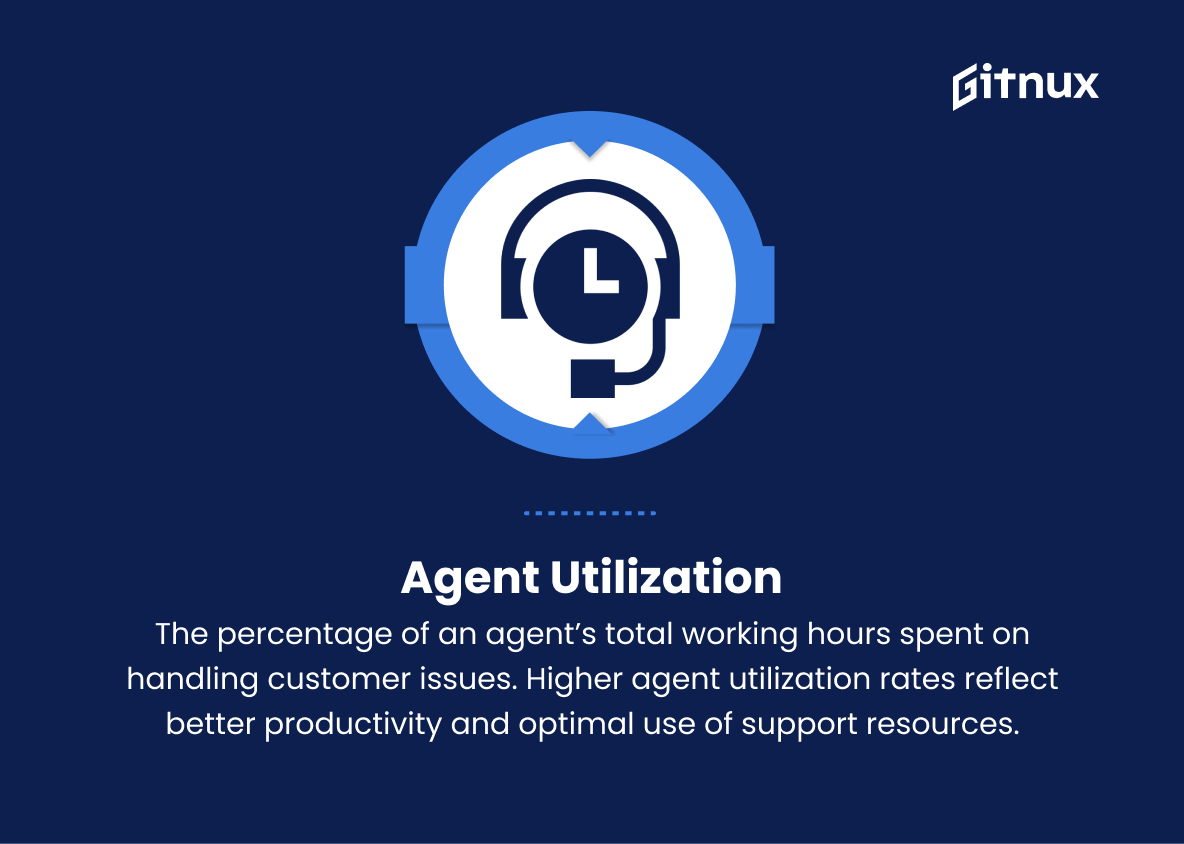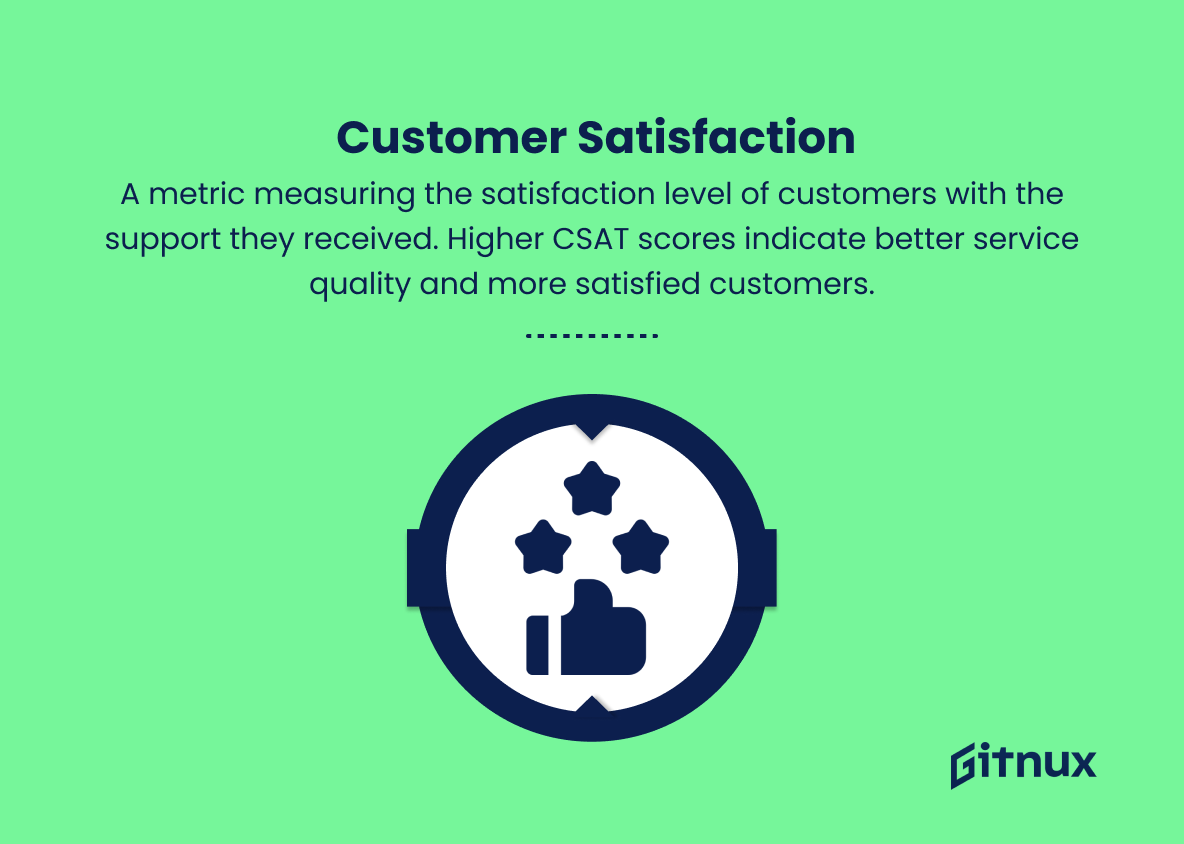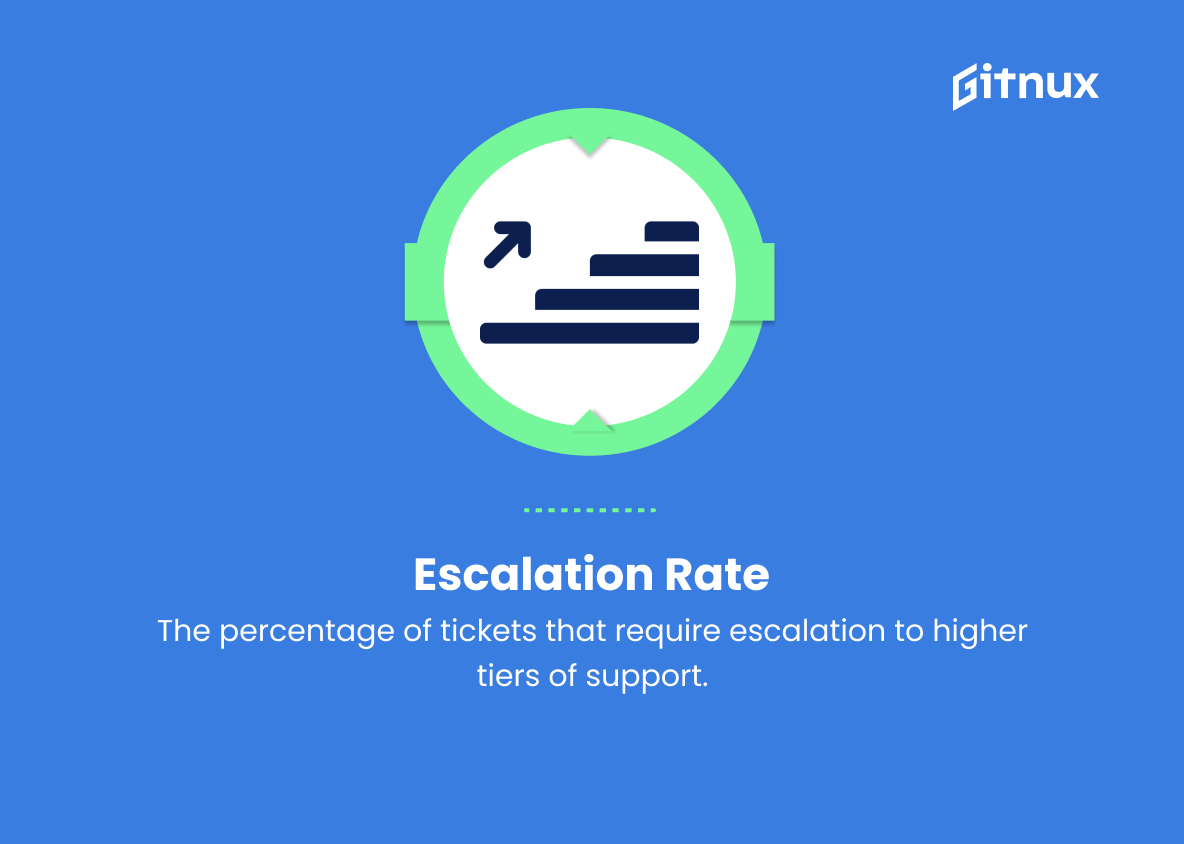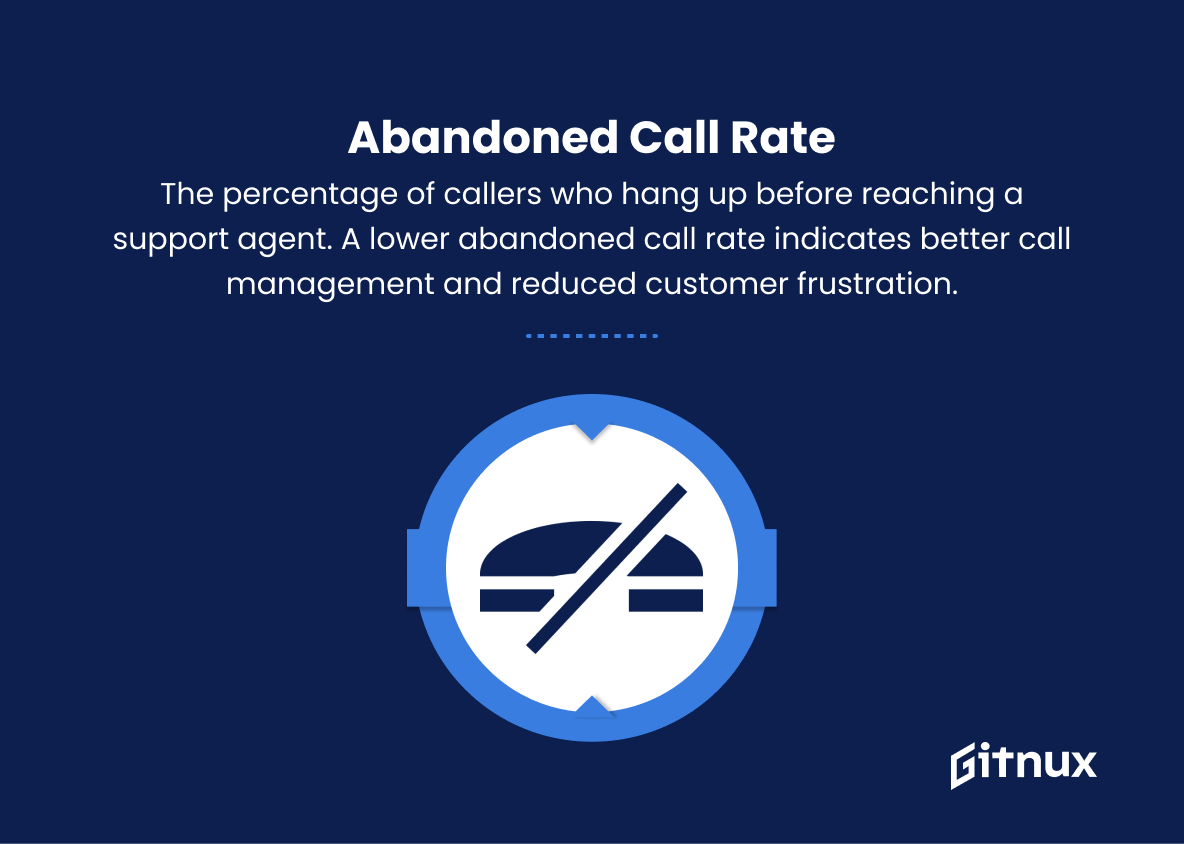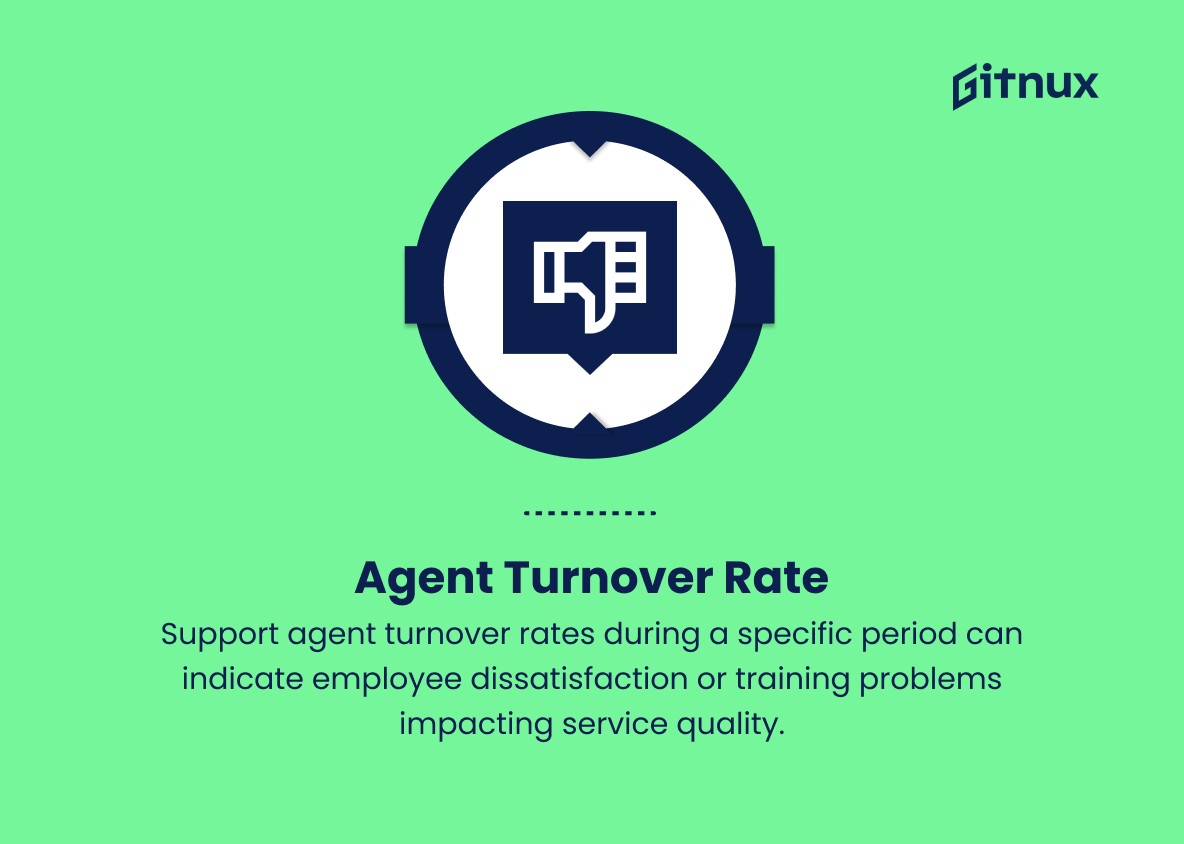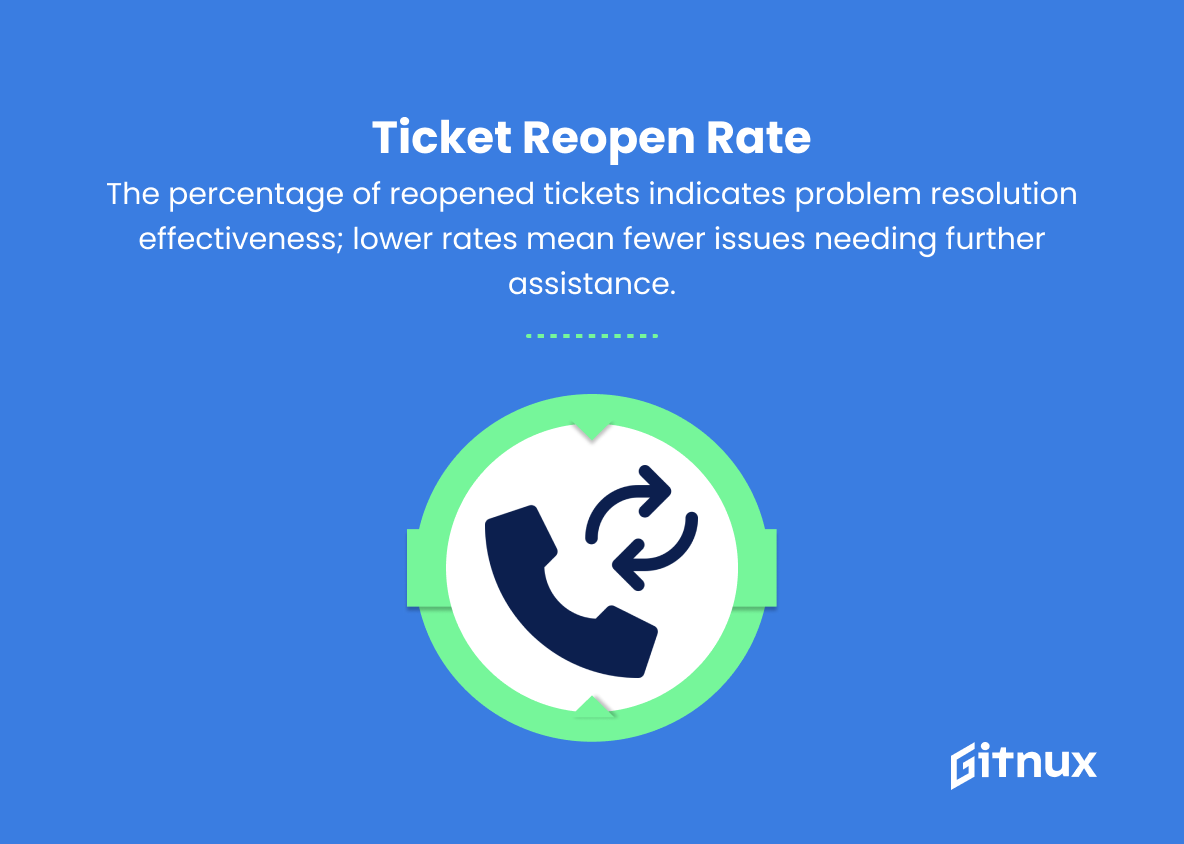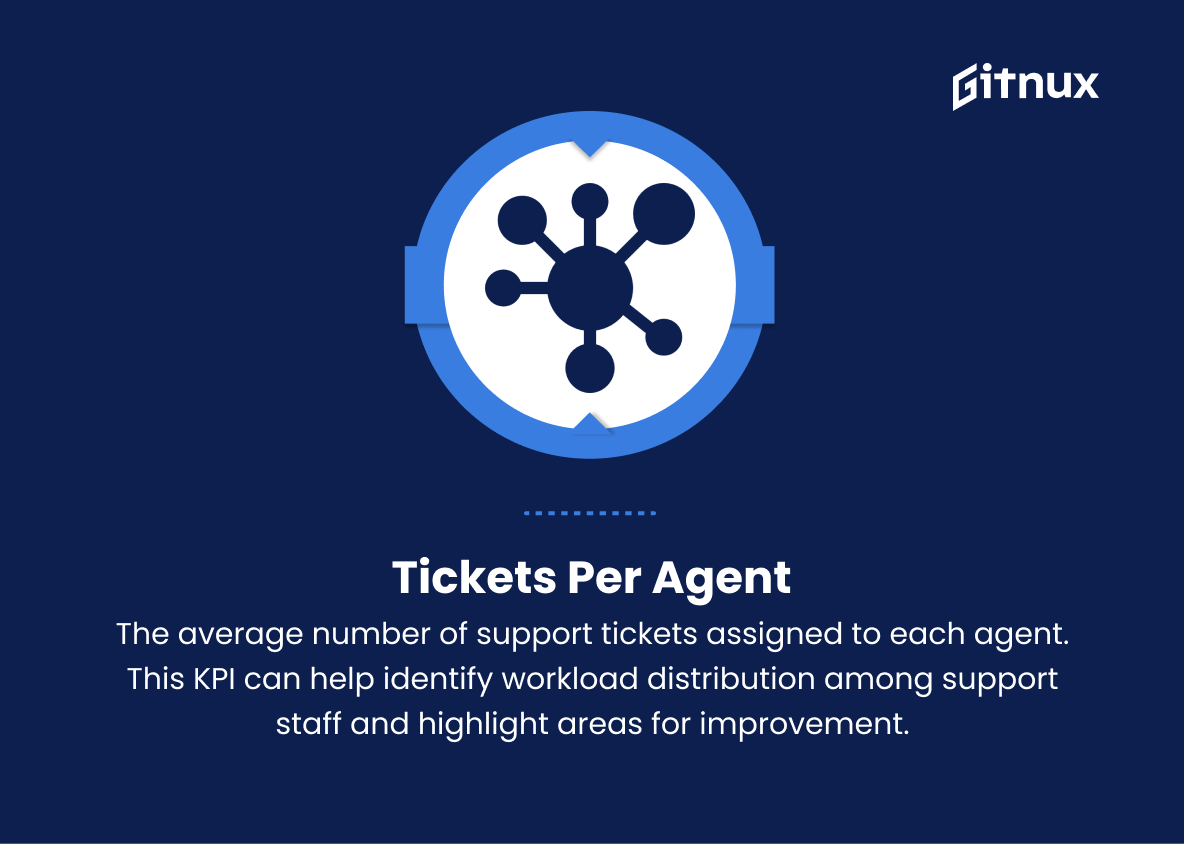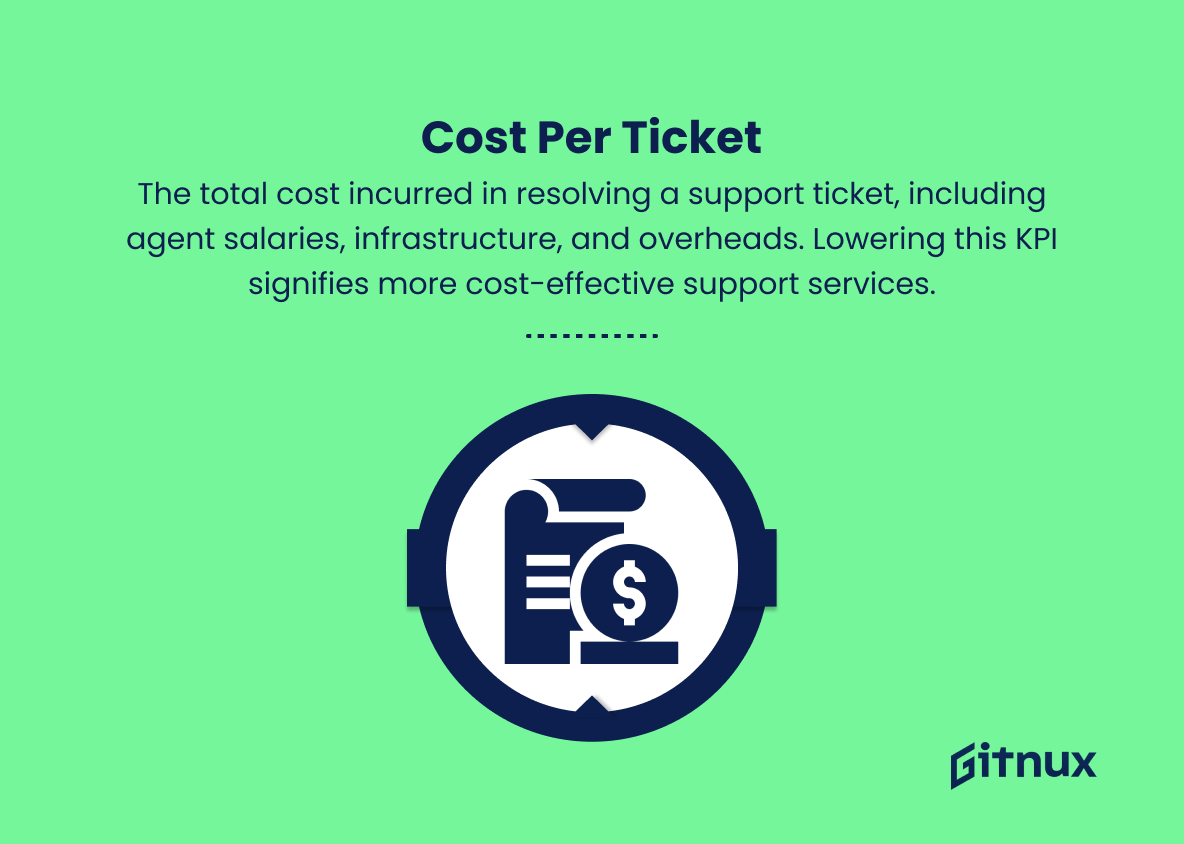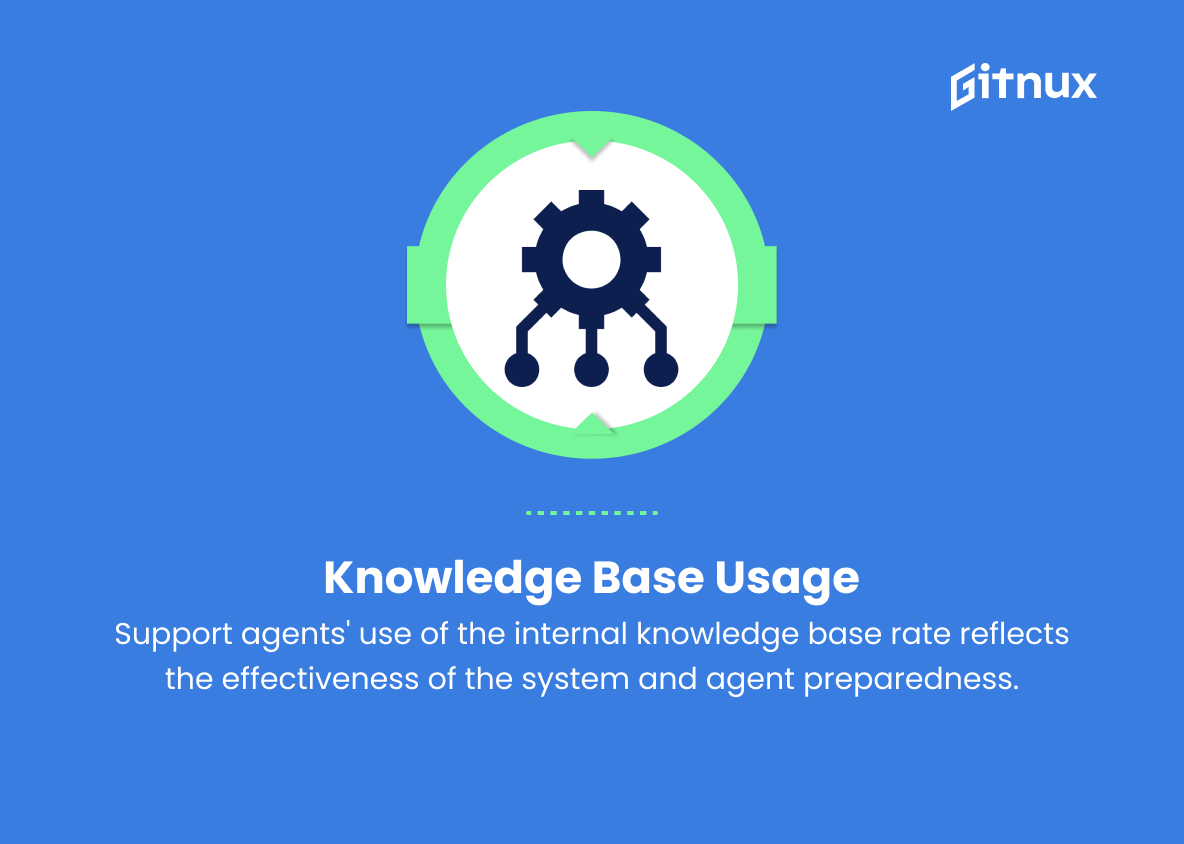In today’s fast-paced business world, the role of the service desk has grown exponentially, evolving from a mere problem solver to a primary driver of improved customer experience and organizational productivity. As the reliance on technology increases and customer expectations continue to rise, it is critical for service desks to consistently deliver efficient, high-quality responses that meet desired objectives.
Service desk key performance indicators (KPIs) provide valuable insight into the effectiveness of service desk operations, enabling organizations to identify areas for improvement and drive continuous performance improvement. In this blog post, we will explore the critical service desk KPIs that every organization needs to monitor in order to optimize support services, drive customer satisfaction, and ultimately achieve business success.
Service Desk KPIs You Should Know
1. First Contact Resolution (FCR)
The percentage of service desk issues resolved on the first contact with the customer. Higher FCR rates typically indicate better service efficiency and customer satisfaction.
2. Average Speed of Answer (ASA)
The average time it takes for service desk agents to answer incoming calls. Smaller ASA times show quick response rates and reduced customer waiting time.
3. Average Handle Time (AHT)
The average time taken to resolve customer issues, which includes talk time, hold time, and after-call work time. Shorter AHTs signify efficient problem resolution.
In today’s fast-paced business world, the role of service desks has grown exponentially, evolving from mere problem solvers to a primary driver of enhanced customer experiences and organizational productivity.4. Ticket Volume
The total number of support tickets created within a specific period. This KPI helps track service desk workload and identify trends over time.
5. Ticket Backlog
The number of unresolved tickets in the system. Monitoring ticket backlog helps in assessing service desk efficiency and pinpointing possible bottlenecks.
6. Resolution Time
The average time it takes to resolve a support ticket. Faster resolution times indicate better service and problem-solving skills of support staff.
7. Agent Utilization
The percentage of an agent’s total working hours spent on handling customer issues. Higher agent utilization rates reflect better productivity and optimal use of support resources.
8. Customer Satisfaction (CSAT)
A metric measuring the satisfaction level of customers with the support they received. Higher CSAT scores indicate better service quality and more satisfied customers.
Service Desk KPIs are essential in measuring the efficiency and effectiveness of support services, contributing to overall business success.9. Escalation Rate
The percentage of tickets that require escalation to higher tiers of support. A lower escalation rate signifies that issues are being resolved at the first level of support, improving overall efficiency.
10. Abandoned Call Rate
The percentage of callers who hang up before reaching a support agent. A lower abandoned call rate indicates better call management and reduced customer frustration.
11. Agent Turnover Rate
The percentage of support agents who leave the company during a specific time period. High turnover rates can point to employee dissatisfaction or training issues affecting service quality.
12. Ticket Reopen Rate
The percentage of resolved tickets that are reopened due to unresolved issues or the need for further assistance. Lower ticket reopen rates suggest that problems are being resolved effectively the first time.
13. Tickets per Agent
The average number of support tickets assigned to each agent. This KPI can help identify workload distribution among support staff and highlight areas for improvement.
14. Cost per Ticket
The total cost incurred in resolving a support ticket, including agent salaries, infrastructure, and overheads. Lowering this KPI signifies more cost-effective support services.
15. Knowledge Base Usage
The rate at which support agents use the internal knowledge base to resolve customer issues. Higher usage indicates a more effective knowledge management system and better-equipped support agents.
Service Desk KPIs Explained
Service desk KPIs are essential for measuring the efficiency and effectiveness of support services, which contribute to overall business success. For example, First Contact Resolution (FCR) rates indicate better service and customer satisfaction, while Average Speed of Answer (ASA) times reflect faster response times that reduce customer wait times. Efficient problem resolution is critical, as shown by Average Handle Time (AHT) and Resolution Time metrics.
By tracking ticket volume and backlog, managers can assess workload and identify potential bottlenecks or areas for improvement. In addition, agent utilization, customer satisfaction (CSAT) scores, and escalation rates provide insight into productivity, service quality, and organizational efficiency. Monitoring abandoned call and agent attrition rates can reveal customer frustration and employee dissatisfaction, leading to targeted improvements.
Lower Ticket Reopen Rates indicate effective problem resolution, while Tickets per Agent can inform workload distribution decisions. Cost per ticket helps assess the cost-effectiveness of support services, and Knowledge Base Usage measures the success of internal knowledge management systems in providing support agents with the resources they need. Collectively, these KPIs serve as critical tools for evaluating and improving service desk performance.
Conclusion
In summary, service desk KPIs play a critical role in measuring the efficiency and effectiveness of the IT support team. By analyzing these key performance indicators, an organization can identify areas for improvement and make data-driven decisions to improve customer satisfaction, reduce response times and increase overall productivity.
By prioritizing these KPIs and implementing a continuous improvement process, organizations can ensure that their service desk remains at the forefront of delivering a reliable and exceptional experience to both internal and external customers.
